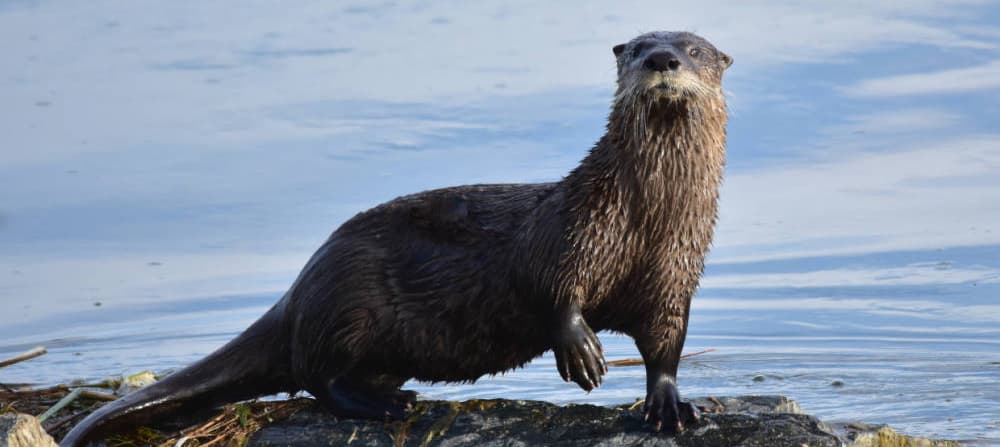Share this article
‘Twenty years of conservation success’
States have long been able to count on federal funding for game management. But 20 years ago, Congress realized, it was a different story for thousands of non-hunted species and species of tribal importance. For those, including many species at risk of extinction, conservation funding was hard to come by. A pair of new programs sought to change that.
In the 20 years since Congress created the State and Tribal Wildlife Grants programs, a long list of wildlife across the country has benefited, from little brown bats (Myotis lucifugus) in Alaska to greater sage-grouse (Centrocercus urophasianus) in South Dakota. Grants have helped the Mohawk Tribe restore native plants in New York and aided the Tonkawa Tribe of Oklahoma’s work to conserve native pollinators.
A recent report — published jointly by the U.S. Fish and Wildlife Service and the Association of Fish and Wildlife Agencies, with support from the National Wildlife Federation, The Wildlife Society and the American Fisheries Society — documents these programs’ “20 years of conservation success.”
“The work funded through the State and Tribal Wildlife Grant Programs has never been more important or urgent,” wrote former AFWA President Kelly Hepler and USFWS Director Aurelia Skipworth, in a foreword to the report.
Noting millions of people who have taken to natural areas amid the COVID-19 pandemic, “it has become abundantly clear this year that as much as fish and wildlife need us, we need healthy and sustainable fish and wildlife even more,” they wrote.
Before 2000, states knew they could rely on federal funding through the Pittman-Robertson Act, which uses excise taxes on guns, ammunition and archery equipment to support game management efforts. But to conserve eastern indigo snakes (Drymarchon couperi), Louisiana black bears (Ursus americanus luteolus) or cerulean warblers (Setophaga cerulea), funds were hard to come by.
The new programs helped change that. Congress created the State Wildlife Grant Program in 2000, followed by the Tribal Wildlife Grant Program in 2001. These programs have helped conservation actions aimed at recovering threatened and endangered species, preventing new listings and maintaining fish and wildlife central to traditional tribal lifestyles.
Through the programs, agencies developed wildlife action plans that pinpointed over 12,000 rare, declining and imperiled fish and wildlife across the country and laid out conservation actions needed to recover them.
These plans were “historic,” Hepler and Skipworth wrote, “providing the first nationwide blueprint for conserving fish and wildlife.”
The report includes a long list of successes in the past two decades. Conserving the Blanding’s turtle (Emydoidea blandingii), which faces threats from traffic in densely populated parts of New England. Restoring gopher frog (Lithobates capito) populations in North and South Carolina. Connecting wolverine (Gulo gulo) habitat among western states. Recovering the California condor (Gymnogyps californianus), thanks in part to efforts by the Yurok Tribe in California and the Nez Perce Tribe in Idaho, Washington and Oregon.
“These grants benefit a wide range of fish, wildlife and habitats, including species of Native American cultural or traditional importance and species that are not hunted or fished,” wrote USFWS National Native American Programs Coordinator Scott Aiken, in his foreword to the report.
“By reducing threats to these species, the [Tribal Wildlife Grant] Program directly benefits many Tribes, whose members depend on these species for subsistence, cultural uses, and their livelihoods,” he wrote. “Tribes use certain species as traditional food sources, and species of cultural importance are a necessary component of tribal sovereignty.”
Header Image: The North American river otter (Lontra canadensis) is among the species that have benefited from conservation efforts funded by State and Tribal Wildlife Grants. Credit: Tom Koerner/USFWS








